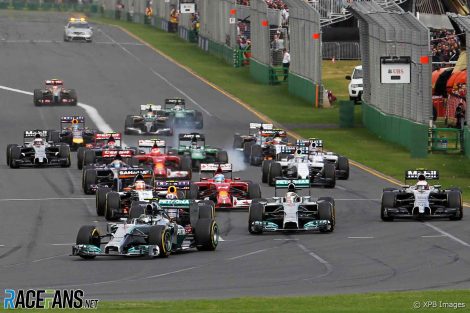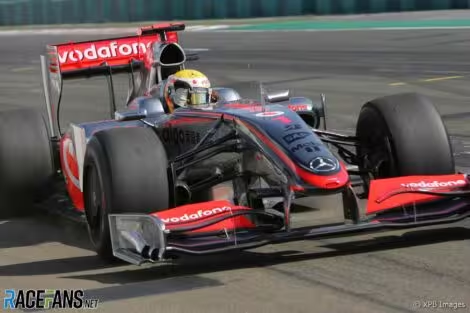The FIA is eager to reverse Formula 1’s long-running trend towards heavier cars. It intends to begin doing so in 2026 – but not before they hit a new high next year.
The minimum weight limit for the 2025 season will be set at a record high: The milestone 800 kilogram mark will finally be reached.
The F1 rules have been heading in this direction for a long time, to the concern of drivers, who have increasingly warned about the negative effect too much weight has on their cars’ handling and, ultimately, the quality of racing.
The largest single increase in F1’s minimum weight limit over the last 15 years occured in 2014, when F1 introduced its current V6 hybrid turbo power units. The addition of batteries and two motor generator units, plus the turbos on the engines, created a much heavier new generation of cars.
So while the FIA hopes to start reducing the weight of F1 cars in two years’ time, can it realistically expect to make a significant difference as long as hybrids remain part of the formula?
F1’s minimum weight limit, 1995-2025
NB. Separate minimum weight limits were enforced for turbocharged and normally-aspirated cars in 1987 and 1988.
Between 1995 and 2009 F1’s minimum weight limit rose only slightly. However that changed after the series first permitted, then mandated, the use of hybrid power.
2009: KERS
When the FIA first permitted teams to introduce hybrid power, in the form of Kinetic Energy Recovery Systems, in 2009, no additional allowance was made in the technical regulations for the extra weight. Therefore while some teams used them, others chose not to, and still others only ran them on one car if there was a significant weight difference between its two drivers.
In 2010 the FIA increased the weight limit by 15kg to encourage more teams to use the devices. However all the teams decided between them not to run KERS, partly in order to save money. That changed in 2011, but only after the FIA put the weight limit up by another 20kg.
Advert | Become a RaceFans supporter and
2014: V6 hybrid turbos

The introduction of the current V6 hybrid turbo engines, including the MGU-H and MGU-K, pushed the minimum weight limit up by 48kg. The rise might have been slightly less had the series stuck to its original plan for in-line, four-cylinder engines instead of V6s, but much of the extra weight came from the new electrical…
Click Here to Read the Full Original Article at RaceFans…

